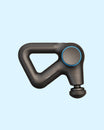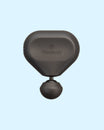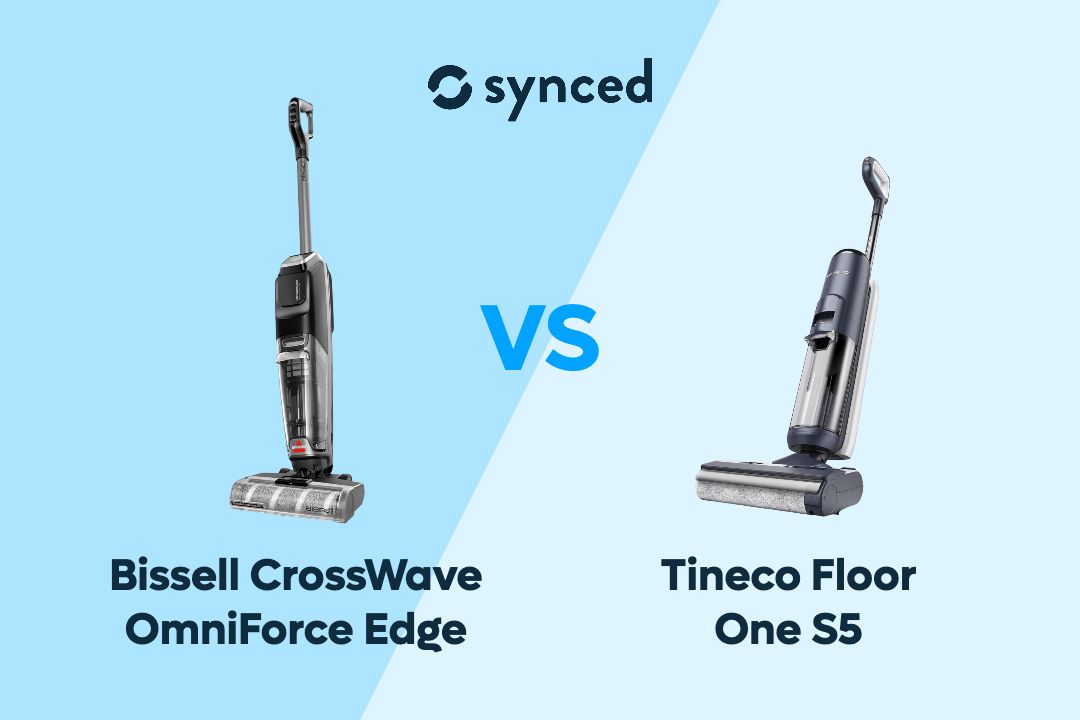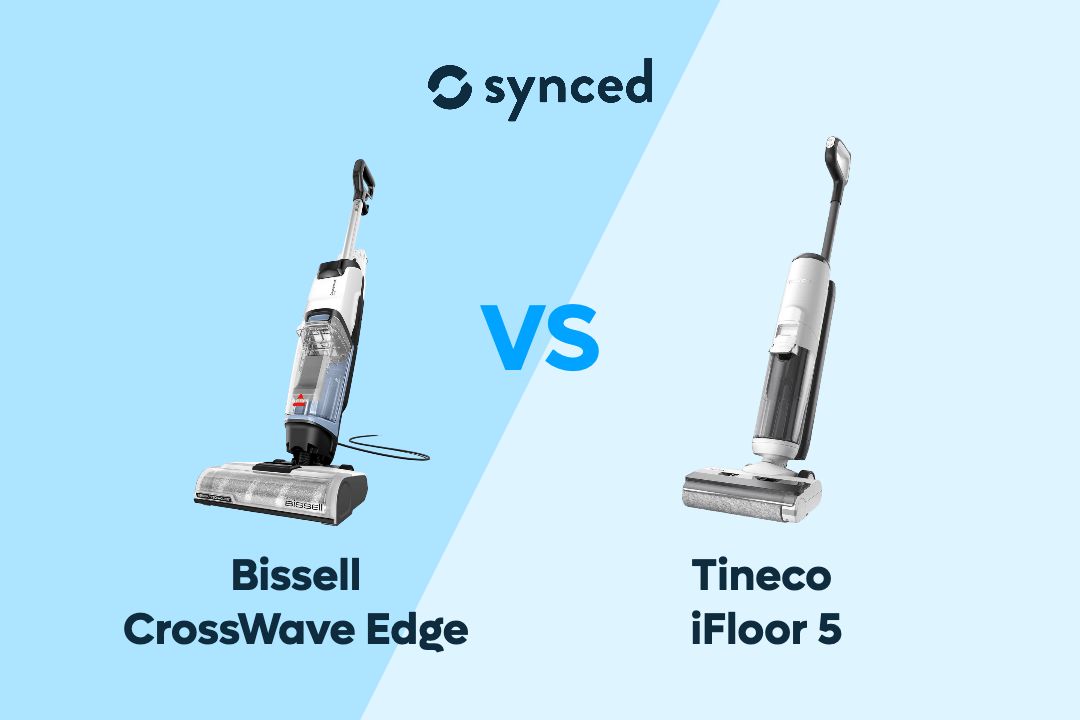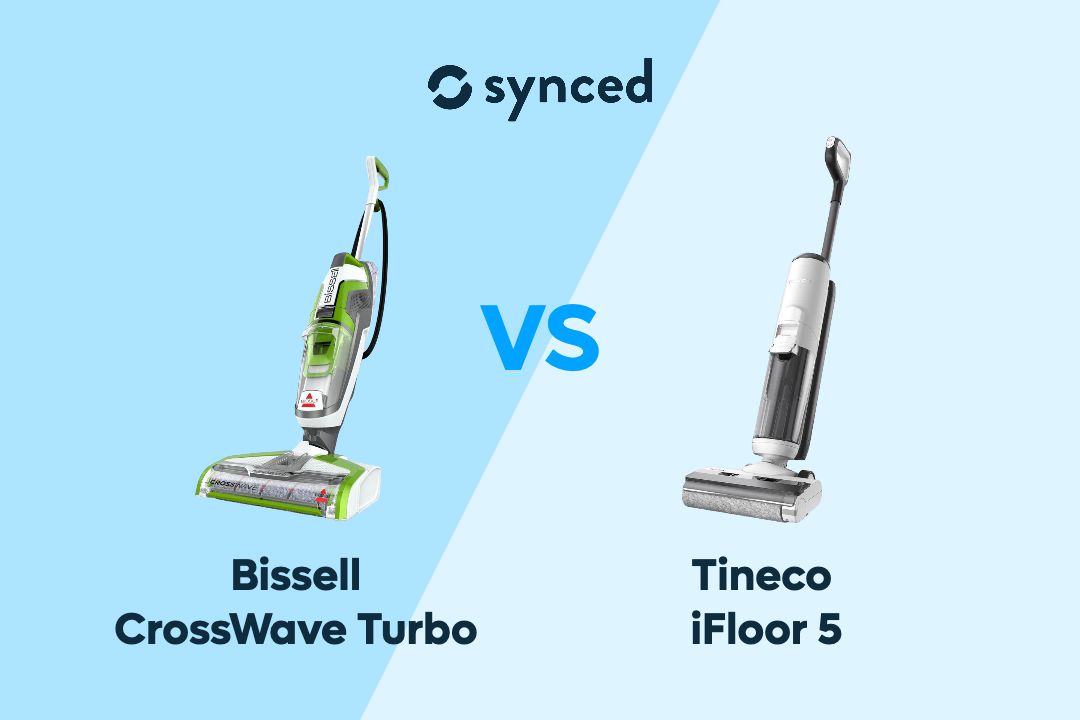Dyson V8 vs V12 Detect Slim: Which is Better?
By Naila Syifa
Updated August 2024

While most Dyson cordless vacuums weigh over 3 kg, the Dyson V8 and Dyson V12 Detect Slim are two models that weigh less than 3 kg, making them more lightweight and easier to maneuver. Despite this similarity, both vacuums have significant differences in their design, battery life, and features. So which one is the better choice for your cleaning needs?
Key Takeaways
Dyson V12 is more powerful and advanced than the V8, offering a Fluffy Optic cleaner head that can illuminate dust and a piezo sensor that can auto-adjust suction based on the level of dirt detected, which the V8 lacks. The V12 is also easier to use with the interactive LCD and single button control, while the V8 has no LCD and uses a trigger for activation. Dyson V12 also has a longer battery life, but the V8 has a larger bin capacity.


Dyson V8
Small Home Cleaning
✓ Motorbar Cleaner Head
✓ 115 AW Suction
✓ 0.54 L Bin
✓ 40 Minutes Runtime

Dyson V12 Detect Slim
Smart & Effortless Cleaning
✓ Dyson Hyperdymium Motor
✓ 2.2kg Weight
✓ Dust Illumination
✓ LCD with Particle Count
#1 Design

Dyson V8
Weighing around 2 kg, the Dyson V8 and V12 Detect Slim are both lightweight with only a 0.3 kg difference. Both are also slim and compact for easy maneuverability around furniture and in tight spaces. However, the V12 has a slimmer top profile, thanks to its improved in-line configuration design that places the motor, cyclone, and bin in a straight line for better weight distribution and balance.
Dyson V12 Detect Slim also stands out with an LCD screen, which displays real-time information on the amount and size of particles being picked up, the runtime countdown, cleaning modes, and maintenance alerts. In contrast, the V8 has no display and solely relies on LED lights for battery status, making it less informative during the cleaning process.

Dyson V12 Detect Slim
Another advantage that the V12 offers is a single power button, which requires a simple one-time press for continuous operation. Meanwhile, the V8 uses a trigger, which needs to be held continuously for the vacuum to operate.
However, when it comes to bin capacity, the Dyson V8 has an advantage. The V8 offers a larger 0.54 L bin capacity, while the V12 Detect Slim has a smaller 0.35 L bin capacity. Smaller bin means more frequent emptying during extended cleaning sessions.
#2 Features

Dyson V12 Detect Slim
While both vacuums offer a Motorbar cleaning head that does a good job in de-tangling hair and picking up debris, the Dyson V12 Detect Slim has an additional Fluffy Optic cleaner head that can illuminate dust particles, making it easier to spot and clean.
Dyson V12 Detect Slim also boasts a powerful Dyson Hyperdymium motor, which spins at up to 125,000rpm to generate up to 150 AW suction, significantly more powerful than the Dyson V8's 115 AW suction power.
The Root Cyclone technology in the Dyson V12 Detect Slim is also more advanced, with 11 cyclones generating centrifugal forces of up to 100,000g, which is more effective in trapping dust and debris compared to the 15 cyclones in the Dyson V8, which generate only up to 47,000g of forces.

Dyson V8
Dyson V12 Detect Slim offers three cleaning modes, which can be selected from the LCD screen. Eco provides the most battery life with minimum power, Medium offers a balance of power and runtime, while Boost provides maximum suction power at the expense of battery life.
When powered tools are attached to the V12 (like cleaner heads and a hair screw tool), the Medium mode will be replaced by Auto mode. Auto mode leverages the piezo sensor to detect high concentrations of dust, and then automatically adjust the suction power to clean more effectively. This ensures optimal cleaning performance while minimizing battery drain.
On the other hand, the Dyson V8 only offers two cleaning modes, which can be toggled by a switch on the vacuum's top. Powerful mode provides a longer runtime, while MAX mode sacrifices battery life for increased suction power. The lack of Medium or Auto mode means the V8 has less flexibility in balancing power and runtime compared to the V12.
#3 Battery

Dyson V12 Detect Slim
Dyson V12 Detect boasts a 60-minute runtime in Eco mode, which is 50% longer than the 40-minute runtime of Dyson V8 in the Powerful mode. Dyson V12 also has a faster charging time of 3.5 hours compared to Dyson V8 with 5 hours.
In addition, the V12 offers a click-in battery pack, which can be easily removed to be replaced with a spare battery pack for extended cleaning sessions without interruption. This makes the V12 more suitable for larger houses and extended cleaning needs compared to the V8.
Dyson V8 vs Dyson V12 Detect Slim
Final Thoughts

Dyson V8
The Dyson V12 Detect Slim's advanced features, such as the Fluffy Optic cleaner head, the powerful Hyperdymium motor, and Auto mode with a piezo sensor, make it a more capable and efficient vacuum cleaner compared to the Dyson V8. It also has an LCD screen for a more informative and user-friendly experience, as well as a longer battery life with a click-in battery pack for extended cleaning sessions.
As an older model, the Dyson V8's main advantage over the V12 is its affordability, which can be appealing to those on a tighter budget. In addition, the V8 has a larger bin capacity, which may be preferred by those who do not want to empty the bin as frequently during cleaning sessions.
If you like to read more about Dyson cordless vacuums, check out our other relevant guides here:
Dyson V8 vs V10
Dyson V8 vs V11
Dyson V8 vs V15
Dyson V10 vs V11
Dyson V11 vs V12
Dyson V12 vs V15
Don't miss out on tech
Subscribe to our newsletter to stay up to date on the latest tech trends and guides on the best gadgets around.


